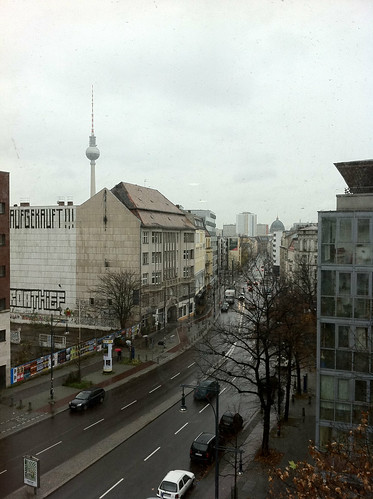Remapping The World By Population Size
From the department of cartographical curiosities comes this wonder; a map of the world but with the countries changed so that their population size corresponds to the size of each country. It's a map of the world; but not as we know it and has cropped up in several places online, including Frank Jacob's excellent Strange Maps blog.
In this new world order, the United Kingdom now sits, landlocked, in the middle of Africa, where the Republic of Niger is usually found and Germany has migrated in a South Easterly direction and now sits where you'd expect to find Saudi Arabia. The map also notes the interesting coincidences that the United States, Yemen, Brazil and Ireland don't actually move and correspond precisely to their place in the population ranking.
Photo Credits: JPALMZ (original source unknown).



